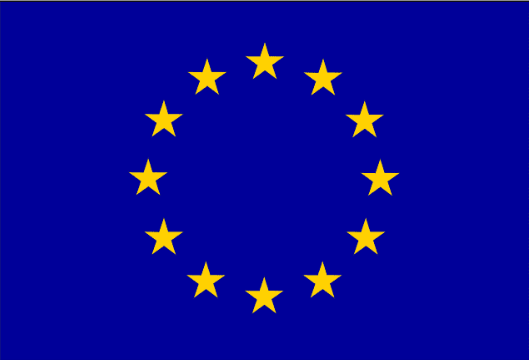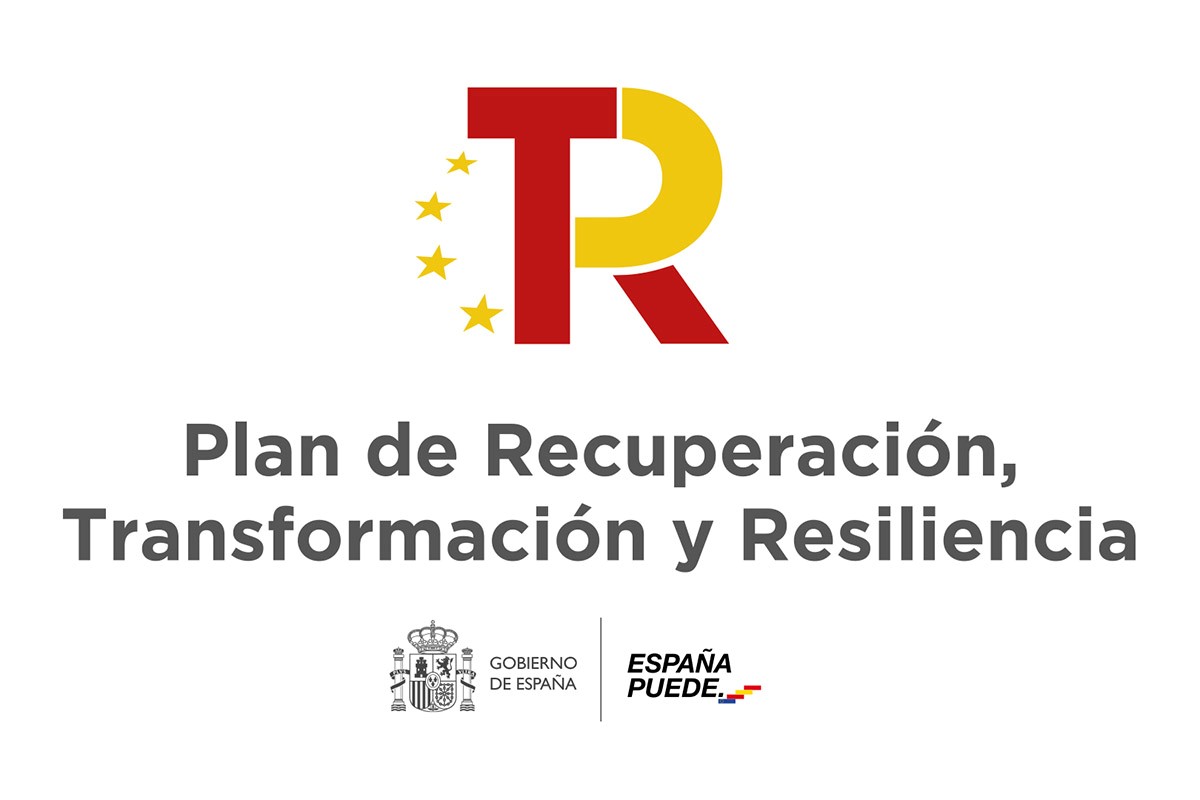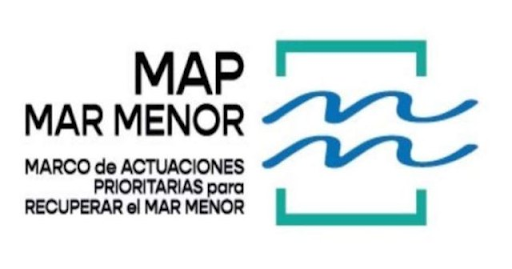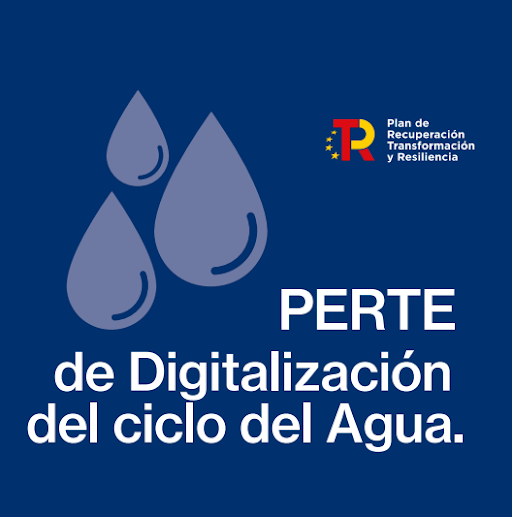What are NextGenerationEU and the PRTR?
-
NEXTGENERATIONEU

NextGenerationEU It is a temporary recovery instrument endowed with more than 800 billion euros that will help repair the immediate economic and social damages caused by the coronavirus pandemic. Post-COVID-19 Europe will be greener, more digital, more resilient, and better adapted to current and future challenges. The central element of NextGenerationEU is the Recovery and Resilience Mechanism (RRM), an instrument designed to grant subsidies and loans to support reforms and investments in EU member states for a total value of 723.8 billion euros. In order to receive funds under the Recovery and Resilience Mechanism, member states must develop recovery and resilience plans, describing how they will invest the funds. In addition, they must achieve relevant milestones and objectives and, before any disbursement can be made under the RRM, the Commission assesses the satisfactory fulfillment of each milestone and objective.
More information: Recovery Plan for Europe
-
THE PRTR

The Recovery, Transformation and Resilience Plan is part of the national plans developed by the 27 member states of the Union to adopt the NextGenerationEU Recovery Plan for Europe. Spain has worked intensively on a plan that will increase productivity and potential growth, moving towards a greener, digital, inclusive Spain, with greater social and territorial cohesion and no gender gaps. The Spanish plan is structured around four cross-cutting axes that will drive the transformation of the entire economy and are fully aligned with the strategic agendas of the EU, the 2030 Agenda and the United Nations Sustainable Development Goals: ecological transition, digital transformation, gender equality, and social and territorial cohesion.
More information: Spanish Strategy of the Recovery Plan
Anti-Fraud Measures Plan
-
ANTI-FRAUD MEASURES PLAN
-
ANTI-FRAUD MEASURES MAILBOX

In accordance with Article 22 of Regulation (EU) 2021/241 of the European Parliament and Council, dated February 12, 2021, which establishes the Recovery and Resilience Mechanism, members states, in their capacity as beneficiaries or lenders of funds under the Mechanism, shall adopt all appropriate measures to protect the financial interests of the Union and to ensure that the use of funds in relation to the financial measures funded by the Mechanism complies with applicable Union and national law, particularly in regards to the prevention, detection, and correction of fraud, corruption and conflicts of interest.
- EMUASA Complaints Channel: Channel of Ethics
- National Anti-Fraud Coordination Service Channel (SNCA): Anti-fraud coordination
- Channel of the European Anti-Fraud Office (OLAF): Reporting fraud (europa.eu)
What are we participating in and what has been granted to us?
-
REQUESTED GRANTS
-
Digitalization of the water cycle PERTE
First call for grants for projects to improve the efficiency of the urban water cycle(Order TED/934/2022) Published in BOE no. 235, dated September 30, 2022.
Second call for grants for projects to improve the efficiency of the urban water cycle, within the framework of the Recovery, Transformation and Resilience Plan. Digitalization of the water cycle PERTE. (Order TED/919/2023) Published in BOE No. 183, dated August 2, 2023
THE COMPLETE DIGITALIZATION PROJECT OF MURCIA WATERS This is a proposal aimed at provoking profound changes in how the entire water cycle is managed in the municipality of Murcia.Your implementation will address several of the action lines defined in the Strategic Plan of Aguas de Murcia, allowing progress with the automation and digitization of multiple key processes of the organization, which cover almost all of the existing infrastructure in the city associated with the integral water cycle.
This extensive use of technology will allow us to address significant challenges, such as certified sustainable management focused on service quality, ensuring supplies at a cost that users can afford in a context of severe water scarcity and high raw material acquisition costs, and achieving a high level of resilience against abrupt events and occurrences related to climate change.
-
-
GRANTS AWARDED
-
Grants for the development of complementary sanitation and purification actions within the Framework of Priority Actions to Recover the Mar Menor(RD 730/2022)
The Mar Menor it has been experiencing episodes of advanced eutrophication due to an excess of nutrients reaching the lagoon, especially nitrogen and phosphorus compounds. Eutrophication causes a massive bloom of phytoplankton that limits the entry of light and oxygen, resulting in marine mortality and degradation of the marine ecosystem. Thus, we can highlight the phenomenon known as the "green soup" that occurred in 2016, which wiped out most of the macroalgae and seagrass meadows; similarly, in 2019, the lagoon entered a state of anoxia causing a massive marine fauna mortality; finally, in August 2021, hypoxia conditions were reproduced in several locations of the Mar Menor, causing marine fauna mortality (mainly, fish and crustaceans).
Similarly, during the winter of 2021 and throughout the current year 2022, following various episodes of intense rainfall, there is an urgent need to carry out various improvement actions for sanitation and treatment of wastewater during rainy periods in order to minimize the pollutant load reaching the Mar Menor.
The types of actions to be financed are:
- Cartographic surveys, inspections, modeling and monitoring of existing sanitation systems.
- Improvement, rehabilitation or construction of new elements of sanitation systems, both combined and separate.
- Improvement in purification treatments in existing isolated cores using low-cost techniques or connections with existing networks.
-
Second call for grants for projects to improve the efficiency of the urban water cycle, within the framework of the Recovery, Transformation, and Resilience Plan. PERTE for digitalization of the water cycle, AQUA3 project.
AQUA3 PROJECT the need to modernize water infrastructures arises to address efficiency and sustainability issues, as well as to adapt to changing climate conditions and increasing water stress. In the context of the PERTE for water cycle digitization, the importance of integrating digital solutions and advanced technologies to optimize water management is recognized.
Furthermore, the project aims to address issues of transparency and citizen participation in water management. The implementation of information systems will not only improve the operation and maintenance of infrastructures but also allow citizens and public administrations to have more direct and clear access to information on water use and management.
-
Project development (Interactive maps)
-
INTERACTIVE MONITORING OF ACTIONS
-
PERTE ACTIONS
Here you can track and learn about the progress of the planned actions of our Recovery, Transformation and Resilience Plan (PERTE).
-
PRTR MAR MENOR
Here you can track and learn about the progress of the actions planned under Royal Decree 730/2022, of September 6, which regulates the direct granting of subsidies for the development of complementary sanitation and purification actions within the Framework of Priority Actions to Recover the Mar Menor (MAPMM) and within the Recovery, Transformation and Resilience Plan (PRTR).
-




